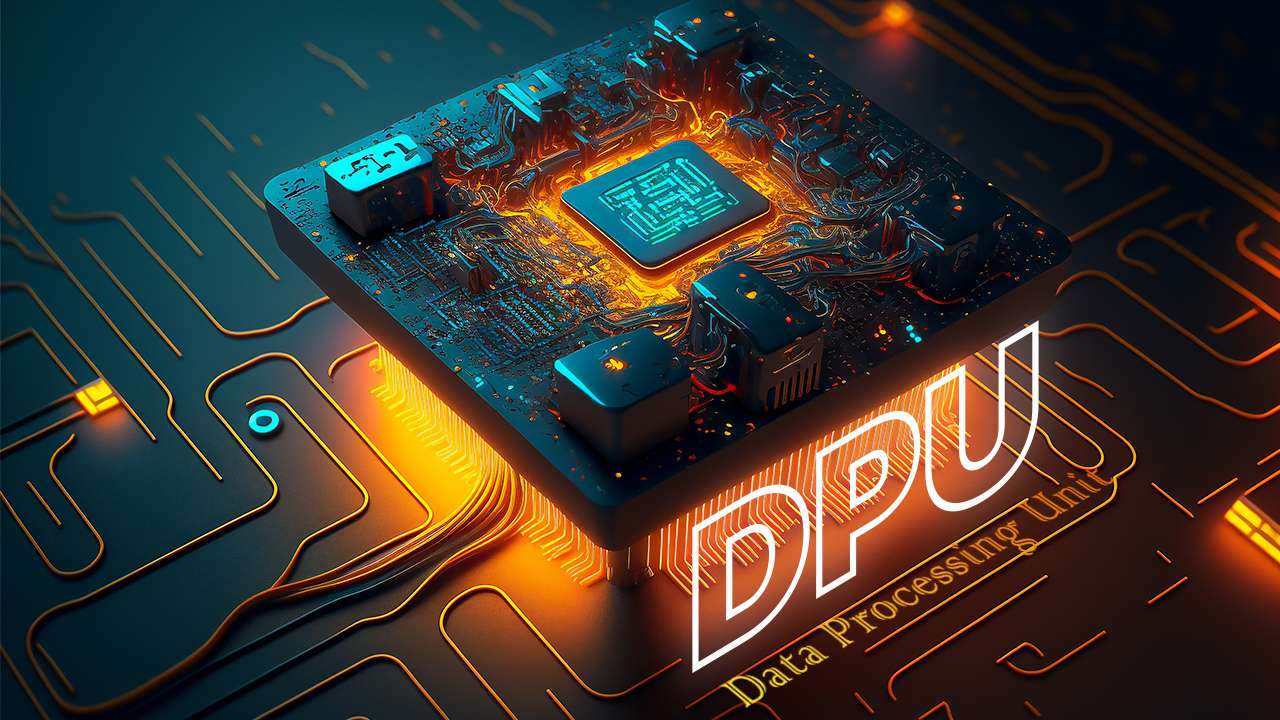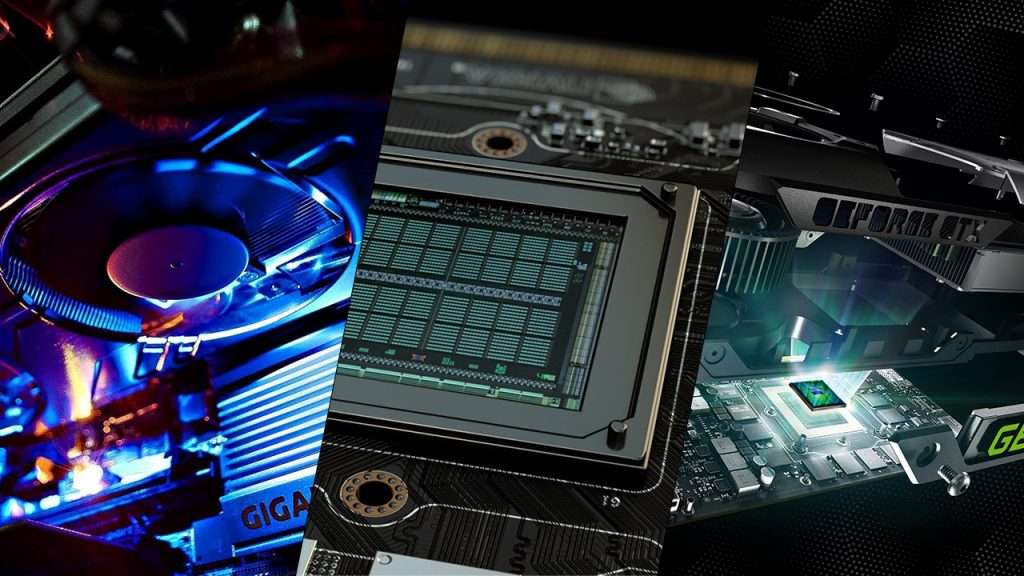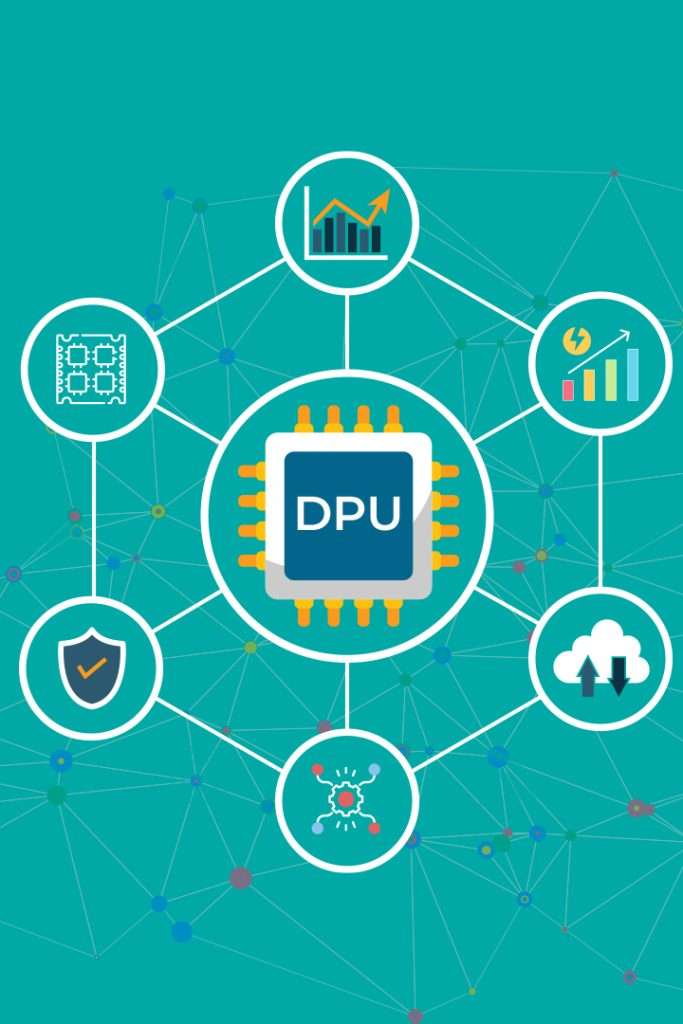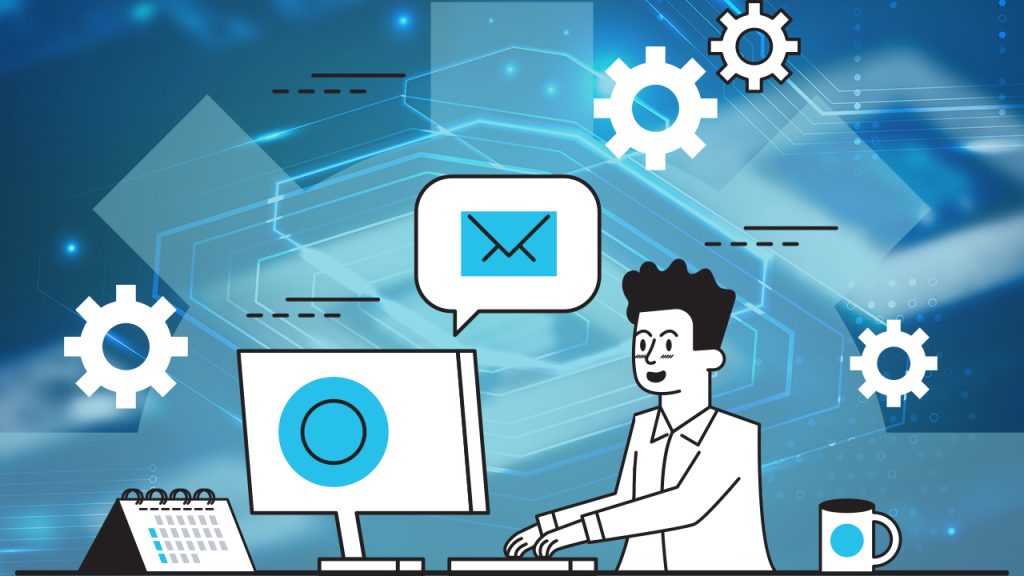
DPU means Data Processing Unit, which is a type of hardware accelerator designed to accelerate data-intensive tasks such as machine learning, computer vision, and data analytics.
DPUs are specialized processors that are optimized for specific tasks and provide high performance with low power consumption. Users often employ them alongside CPUs and GPUs to offload specific tasks, such as data preprocessing and inference, improving overall system performance.
DPUs are becoming increasingly common in data centers and cloud computing environments as a way to handle the growing demand for data processing and analytics. They also find use in embedded systems and IoT devices, accelerating tasks like image recognition and speech processing.
The CPU, GPU, and DPU are all different types of processing units, each with its own unique set of features and functions.

CPU (Central Processing Unit)
The CPU is the primary processing unit in a computer or server and is responsible for executing general-purpose computing tasks. It typically has a few cores optimized for sequential processing and is good at handling single-threaded workloads. CPU designers prioritize versatility, enabling tasks from office work to complex data processing, making CPUs essential for diverse computing needs. This adaptability makes CPUs essential for diverse computing needs.
GPU (Graphics Processing Unit)
The GPU is a specialized processing unit designed for handling graphics-intensive workloads such as video encoding, gaming, and machine learning. It possesses many more cores than a CPU. It’s optimized for parallel processing, making it ideal for tasks that demand extensive parallel computations. GPUs excel in handling large datasets. They are proficient in managing complex calculations, making them crucial in modern deep learning systems.
DPU (Data Processing Unit)
The DPU, a specialized processing unit, actively accelerates specific data-intensive workloads like networking, storage, and machine learning. It optimizes performance for its designated tasks by actively offloading processing from the CPU. DPUs find applications in a wide range of scenarios, significantly enhancing performance, from cloud computing to autonomous vehicles.
In summary, general-purpose processors are CPUs capable of a wide task range.
Specialized processors, or GPUs, focus on graphics-intensive tasks and parallel processing.
Specialized processors, or DPUs, are tailored for data-intensive tasks like networking and machine learning.
Advantages of DPUs in High-Performance Computing

- High Performance: DPUs actively accelerate data processing tasks by offloading compute-intensive operations from the CPU, delivering high performance.
- Energy Efficiency: They design DPUs to be energy-efficient, consuming less power in comparison to a general-purpose CPU. This not only saves energy costs but also reduces the carbon footprint of data centers.
- High Bandwidth Memory: DPUs typically come with high-bandwidth memory (HBM), which allows for faster data access and processing.
- Multi-core Architecture: DPUs often have a multi-core architecture, which means they can handle multiple data processing tasks simultaneously, improving overall performance.
- Integration: Integrating DPUs with other hardware accelerators like GPUs and CPUs can result in an even higher level of performance and energy efficiency.
- Security: Designers can equip DPUs with built-in security features like hardware-based encryption and secure boot, which actively safeguard sensitive data.

Final Thought
Implementing DPUs to your computer system may improve efficiency, especially if you’re working on huge-scale projects that push data technology’s bounds. A data center that uses DPUs to transport data across processors should expect faster computing, increased availability, improved security, and increased shareability. Supporters believe, DPUs will form the core of future cloud computing data centers. As more data continues to migrate into the cloud.
In today’s digital era, people generate vast amounts of data daily. This is especially true when more Internet of Things (IoT) devices, autonomous vehicles, connected homes, and connected workplaces come online, flooding data centers with data. As a result, developers need to create technologies that enable data centers to manage the ever-increasing volume of data traveling in and out of data centers and moving through them.
Summing up, DPUs (data processing units) are gaining popularity in high-performance data center servers. They excel in offloading storage and network functions. This enables processors to prioritize operating system operation and revenue-generating applications. As a result, we may conclude that employing DPU is really beneficial for business.

Leave a Reply